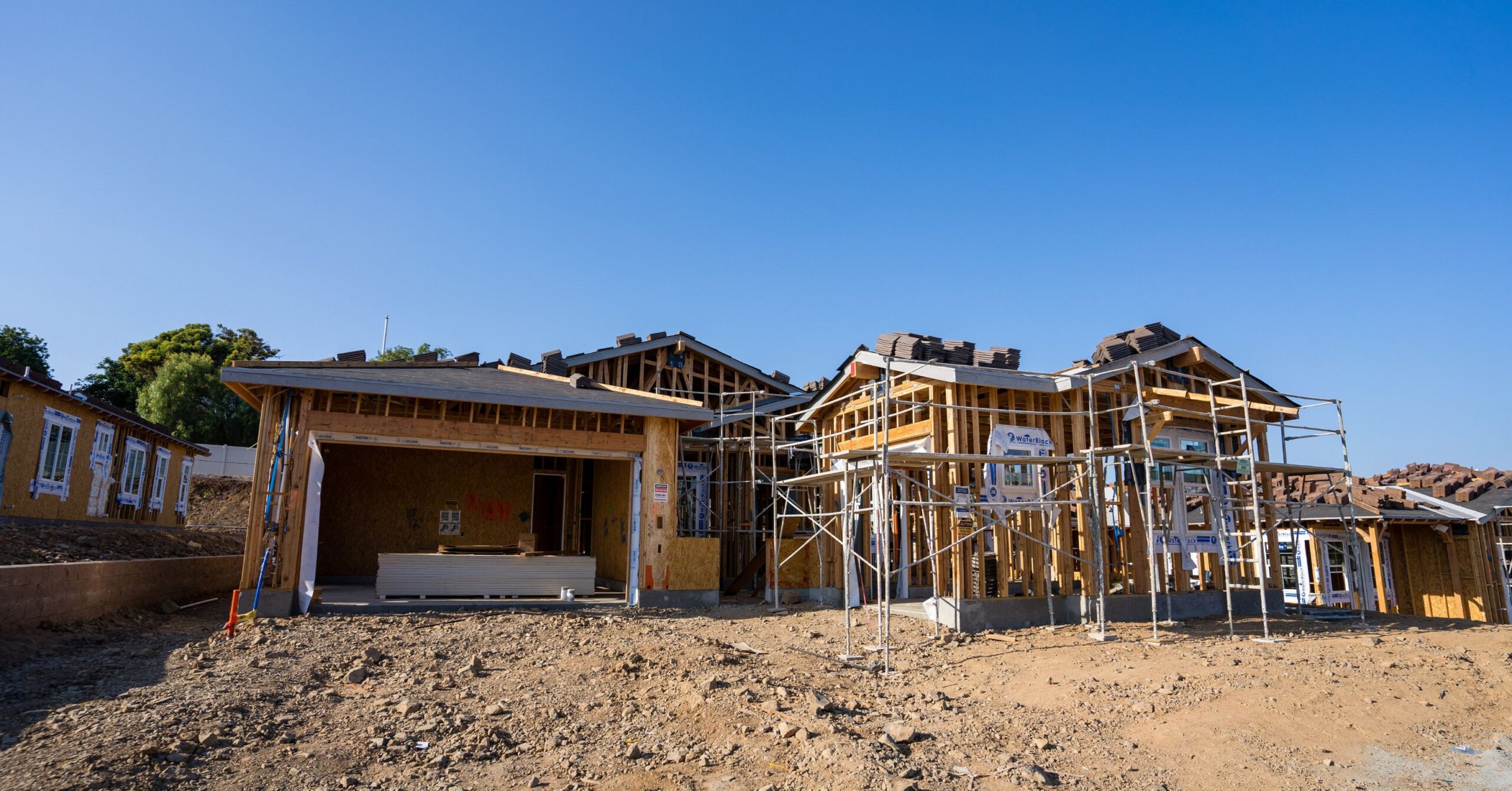If you’ve been following housing news, you’ve probably seen headlines claiming new home inventory has surged to its highest level since the 2008 crash. For many people, that brings back uncomfortable memories of oversupply, falling prices, and waves of foreclosures. But here’s the key point to remember: today’s market is fundamentally different from the one we saw during the last housing crisis.
When you look beyond the headlines and dig into the actual numbers, the story changes completely. What’s happening with inventory today is not a warning sign of another crash. Instead, it reflects a long-overdue correction after more than a decade of underbuilding.
Looking Back: What Happened in 2008
To understand why this is different, it helps to revisit what caused the last crash. Leading up to 2008, home construction surged to record highs. Builders were putting up houses at a pace far above what the market could realistically absorb. At the same time, loose lending standards made it possible for many buyers to qualify for mortgages they couldn’t actually afford.
When the bubble popped, the market was flooded with foreclosures and short sales. Suddenly, supply far outweighed demand. Homes sat unsold, values dropped, and neighborhoods across the country were hit hard.
The key takeaway? The 2008 crash wasn’t just about inventory being high—it was about oversupply combined with risky lending practices that left buyers and banks vulnerable.
Why Today’s Market Is Different
Fast-forward to today. Yes, the number of new homes on the market has reached its highest point since 2008. But looking at that number in isolation misses the bigger picture.
Unlike 2008, builders haven’t been oversupplying the market. In fact, for nearly 15 years after the crash, builders cut back significantly. Construction lagged far behind household formation, which created a nationwide housing shortage. That shortage has been one of the biggest drivers of rising home prices over the past decade.
So while we’re finally seeing more new homes, it’s not because we’ve built too much—it’s because we’re starting to make up for lost time.
The Inventory Puzzle: New Homes vs. Existing Homes
Another reason the “highest since 2008” headline is misleading is because it focuses only on new homes. But new construction is just one piece of total housing inventory.
When you combine new builds with existing homes listed for sale, total inventory is nowhere near the levels we saw leading up to the crash. Back then, there was an actual surplus. Today, even with the increase in new homes, supply is still tight compared to historic norms.
This is a critical difference: instead of too many homes chasing too few buyers, we still have too few homes relative to long-term demand.
Builders Are Catching Up—But Slowly
The long stretch of underbuilding has left a huge gap. According to experts at Realtor.com, it would take more than 7 years of above-average construction to fully close the deficit.
That’s why even with today’s increase in new home inventory, we’re still not in danger of oversupply. Instead, we’re finally beginning to see progress toward a healthier, more balanced market.
Builders are also much more disciplined than they were in the early 2000s. They’re more cautious about overextending and tend to scale production based on demand. Plus, financing regulations for both buyers and builders are stricter today, which helps prevent the kind of speculative bubble that fueled the last crash.
Local Differences Matter
Of course, real estate is always local. Some markets are seeing more inventory growth than others. For example:
-
Sun Belt states have seen a wave of new construction as builders respond to population growth and migration trends.
-
Northeastern metros still face limited supply due to land constraints and high building costs.
-
Midwestern cities may show more balance, with steady but not excessive building.
This means conditions can look very different depending on where you live. A surge in new construction in Texas doesn’t necessarily reflect what’s happening in California or New York. That’s why working with a local expert is so important.
What This Means for Buyers
If you’re a buyer, the increase in new home inventory is good news. More options mean less competition, more time to make decisions, and in some cases, better negotiating power. Builders are also offering incentives like closing cost assistance, rate buydowns, or upgrades to attract buyers.
For those who have been waiting out the market, this could be the window of opportunity you’ve been hoping for. Prices aren’t expected to fall dramatically, but the slower pace of competition can make the process less stressful and give you more control.
What This Means for Sellers
If you’re a seller, you may worry that more inventory means tougher competition. While it’s true buyers now have more options, demand remains strong—especially in markets with job growth and limited resale supply.
The key for sellers today is to price strategically and be open to negotiation. Offering small concessions, like help with closing costs, can go a long way toward attracting buyers without significantly cutting into your bottom line.
The Bottom Line
Headlines comparing today’s new home inventory to 2008 are attention-grabbing—but they’re also misleading. The housing market is not facing another crash. Instead, we’re in the middle of a long-term recovery from years of underbuilding.
Today’s inventory growth is not a warning sign, it’s a step toward balance. And while conditions vary by market, the national picture looks very different from the oversupply crisis we saw 15 years ago.
If you want to understand what’s happening in your area and how it impacts your buying or selling plans, the best step is to connect with a knowledgeable local real estate professional.
Follow Hashtags: #LocalSocialPro

 Warren Turner
Warren Turner 













